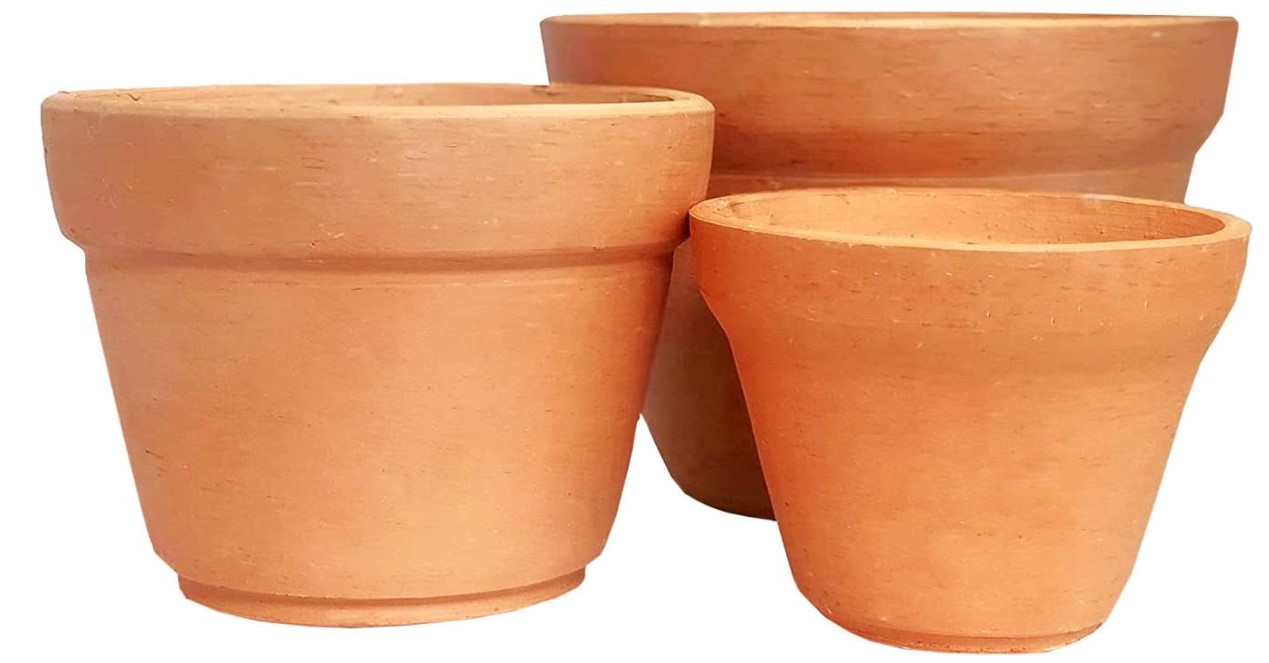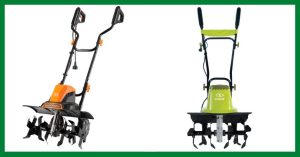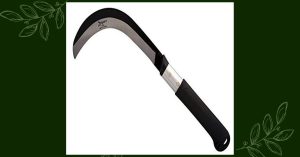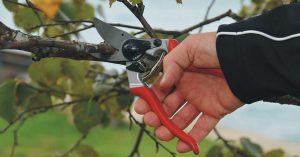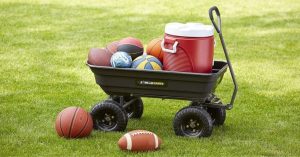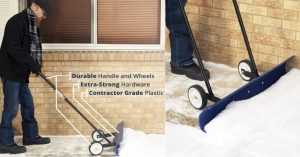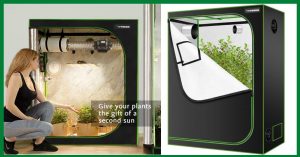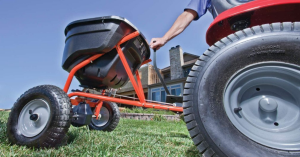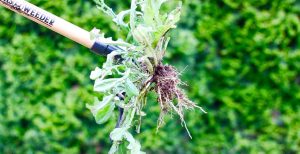A gardener uses a tray of 6 conical pots to grow seedlings. Each pot has a diameter of 6 cm and a height of 9 cm; the gardener fills the tray to a depth of 3 cm with a nutrient solution. How much solution does the gardener need to add to the tray? The gardener would need to add 918 cm3 of a solution to the tray. In this blog post, you now enjoy ready and better homes and garden pot holders for planting.
Table of Contents
A cylindrical cardboard tube with a diameter of 8 centimeters
A cylindrical cardboard tube with a diameter of 8 centimeters is a pretty good size for many things. It’s big enough to hold many things but not so big that it’s unwieldy.
I’ve used them for everything from holding rolled-up posters and maps to storing cords and cables to making homemade telescopes. They’re also great for making cardboard furniture or for use in arts and crafts projects. Overall, I think they’re a great size and very versatile.
What is the approximate volume of the tube round for nearest whole cubic centimeter?
The approximate volume of the tube round to the nearest whole cubic centimeter is about 0.3 cubic centimeters.
Agatha Raisin and the potted gardener
I was impressed by the Raisin and the Potted Gardener. The diagrams are beautiful, and the story is interesting. I would recommend this book to others.
There is a lot of debate surrounding the potted gardener’s advantage, but generally, the idea is that a potted gardener is likelier to get the best results from their plants. This is because they have more access to the natural light, water, and nutrients that the plants need. Additionally, they can keep the plants in their pot longer, which can help them to grow larger and more robust.
There is no one-size-fits-all answer to this question, and the best way to determine whether or not a potted gardener is more likely to achieve the desired results for your plants is to try out a few different strategies and see which ones work best for you. However, some tips may help include:
- Make sure that the plants are kept in a cool, dark, and dry environment
- Providing the plants with regular water and fertilization
- Instructing the gardener on how to create a watered-down environment for the plants
- Giving the gardener control over the type of plants that are in their garden
- Allowing the gardener to make decisions about the plants’ growth and color
A gardener uses a tray of 6 conical pots advantage
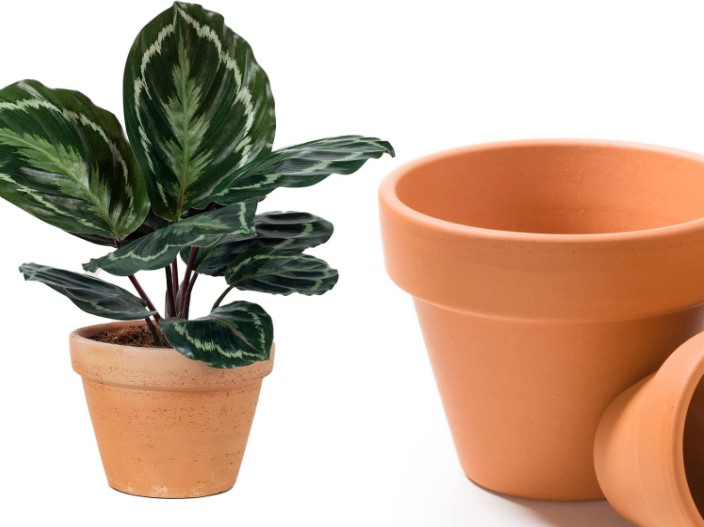
This 6-pack of conical garden pots is perfect for growing plants in your garden. The pot makes of durable plastic, which makes it easy to hold and transport the plants. The pots are also easy to clean, thanks to the cleaning brush and cloth.
The pots come in a variety of colors to suit your garden. The pots also make durable plastic, making them resistant to damage. The included cleaning brush and cloth make it easy to clean the pots.
Overall, a gardener uses a tray of 6 conical pots is a great way to add some extra plants to your garden. The pots are made of durable plastic, making them easy to transport and clean. The colors are also perfect for any garden and come in various sizes to suit any budget.
Why a gardener uses a tray of 6 conical pots
There are several reasons why I use a gardener’s tray of 6 conical pots:
- It helps me to save space in my garden. With this type of tray, I can grow many plants in a small area.
- It is very easy to water the plants evenly with this type of tray. The cones allow the water to flow evenly to all the plants, so I don’t have to worry about over or under-watering them.
- It is very easy to transplant the plants from the tray to the ground when they are ready. The cones make it easy to remove the plants without disturbing the roots too much.
- The tray is beautiful, and it dresses up my garden nicely.
Conclusion
In conclusion, a gardener uses a tray of 6 conical pots. The gardener uses a tray of 6 conical pots to grow his plants. He places the pots in the tray and adds water to the tray. When the plants are ready to harvest, he removes the pots from the tray and harvests the plants.
Recent Posts You May Like:
- How to Plant a Flower Seed Step by Step

- How much to charge for tilling a garden

- Ego Select Cut Lawn Mower Review and Buying Guide

- Sun Joe Electric Garden Tiller/Cultivator Review for Gardeners

- Best Harvesting Knives Sickles | Zenport K310 K10 Harvest Sickle

- Felco Ergonomic Hand Pruner with Cutting Capacity

- Gorilla Cart 600 vs 1200 Reviews and Buying Guide 2023

- Best Rolling Snow Pusher Review | Snowcaster 30SNC

- What is the Most Powerful Leaf Vacuum?

- VIVOSUN Grow Tent Review with Buying Guide 2023

- Agri Fab 45 0463 Broadcast Spreader

- Best Worth Garden Stand up Weeder and Root Removal Tool

